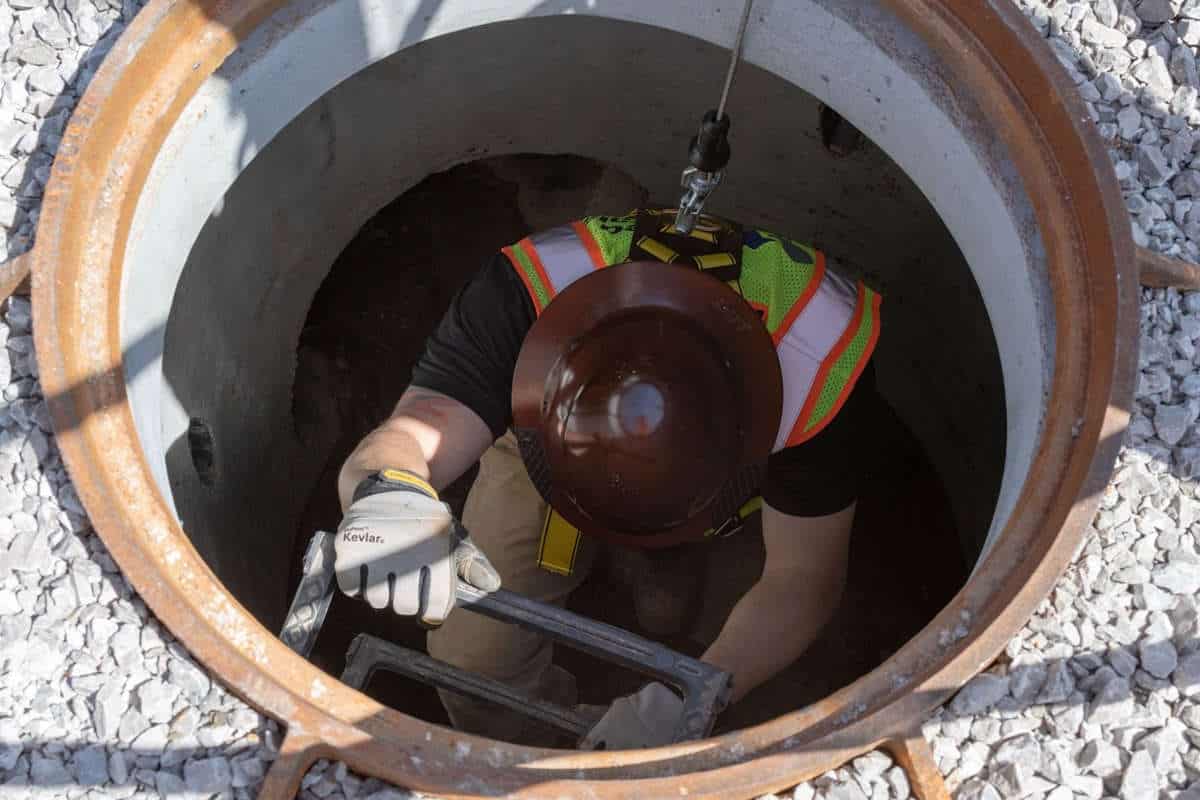Opioid Drug Use in Construction
Construction work can be rough on the body and that often results in aches and pains. Like anyone else, when the pain gets to be too much workers see their doctors. When the injury cannot be easily diagnosed and treated, such as when soft tissue injuries are involved, doctors frequently fall back on providing the patient with prescription pain killers. The problem is the painkillers that are prescribed are often opioids.
Prescription opioids can be used to treat moderate-to-severe pain and are often prescribed following surgery or injury or for health conditions such as cancer. In recent years, there has been a dramatic increase in the acceptance and use of prescription opioids for the treatment of chronic, non-cancer pain, such as back pain or osteoarthritis, despite serious risks and the lack of evidence about their long-term effectiveness.
What many people don’t understand is that these pills doctors and dentists are providing can be dangerous if not used as prescribed, and their use can eventually turn into abuse. When used properly they can be a welcome relief, however, when not used as prescribed a person could end up dead from an overdose.
The most common drugs involved in prescription opioid overdose deaths include:
- Oxycodone is a very powerful drug which affects the nervous system, has a high potential for abuse and can be very dangerous if not used properly. Oxycodone is sold under many brand names, such as Oxycotin, Percodan, Endodan, Roxiprin, Percocet, Endocet, Roxicet and OxyContin. It comes in tablet form.
- Hydrocodone use has increased significantly and is available in prescription pain medications as tablets, capsules and syrups. Brand names include Vicodin, Anexsia, Dicodid, Hycodan, Hycomine, Lorcet, Lortab, Norco, Tussionex and Vicodin.
- Meperidine comes in tablet form but has been known to be smoked, snorted or even crushed and injected. Brand names include Demerol, Dilaudid and Darvon. Darvon is among the Top 10 drugs reported in drug abuse deaths in the United States. Dilaudid, considered eight times more potent than morphine, is often called “drug store heroin” on the streets.
- Methadone (previously known as Dolophine) also belongs in the class of opioids. It’s used to relieve chronic pain in cancer patients and as a maintenance drug to control withdrawal symptoms in people undergoing treatment for opiate abuse.
Prescription opioid use is considered to be a public health epidemic in the United States. This epidemic is far reaching and is taking its toll in the construction industry too. Because of the many aches and pains, as well as the aging workforce, workers in the construction industry are especially at risk for opioid abuse.
If you are wondering where all these opioids involved in abuse and overdoses come from, research indicates they come from primary care and internal medicine doctors and dentists. Although the prescriptions are legally obtained by patients, the leftover pills are placed in the patient’s medicine cabinet for future use, or for some abuse, or they are shared with or illegally sold to other people.
A quick peek into my own medicine cabinet revealed at least two prescriptions that were provided to me or my wife following a dental procedure or other pain-related medical event. I have to admit we never thought of these medications as dangerous drugs. What’s in your medical cabinet?
In addition to work injuries and illnesses being the reason opioids are prescribed in the first place, there are other ways in which the use of opioids on the job are impacting workers and employers. The use of prescription opioids may impact the ability of a person to return to work and negatively affect their livelihood. If workers are under the influence of opioids while they are at work, they are at an increased risk for injury. For workers in safety-sensitive jobs, such as operators of heavy equipment or truck drivers, there will be increased risks.
Many people don’t understand why or how other people become addicted to drugs. They may mistakenly think that those who use drugs lack moral principles or willpower and that they could stop their drug use simply by choosing to. In reality, drug addiction is a complex disease and quitting usually takes more than good intentions or a strong will. Drugs change the brain in ways that make quitting hard, even for those who want to. Fortunately, researchers know more than ever about how drugs affect the brain and have found treatments that can help people recover from drug addiction and lead productive lives.
Research shows that some risk factors make people particularly vulnerable to prescription opioid abuse and overdose, including:
• Obtaining more than one prescription from multiple doctors, dentists and pharmacies.
• Doubling up on doses or taking more than was prescribed for daily use.
• Having a history of drug or alcohol abuse.
• Lack of knowledge and underestimating the danger.
Employers can help to reduce the potential of opioid use by:
- Establishing a written prescription drug workplace policy and informing workers of the policy.
- Educating employees about responsible use of prescription opioids. When used responsibly and as directed, opioids can be an effective way to temporarily control pain. It is also important to educate workers and warn them about the potency of these drugs, how they work, how they interact with other drugs/alcohol and how they can become addictive. Make sure workers understand the risk factors for opioids abuse.
- Providing supervisor training to ensure managers/supervisors are knowledgeable about the current workplace policy for prescription drugs, potential signs of impairment, laws applicable to prescription drug use at work (ADA) and the company drug testing program.
- Communicating counseling and treatment options to all workers. If someone realizes he or a fellow worker has an abuse problem, there are ways to get through the company’s confidential employee assistance plan (EAP) and treatment.
Establishing a drug testing program that can identify non-medical and prescription drug abuse.
While it is unknown how many drug and opioid overdose deaths are associated with workplace injuries and illnesses, it is clear that this national epidemic is impacting workers and employers. To reverse this epidemic, we need to improve the way we treat pain. We must prevent abuse, addiction and overdose before they start.
For more information about opioid use and abuse, visit www.nsc.org and www.cdc.gov.
George Kennedy is NUCA’s vice president of safety. Tags: May 2017 Print Issue





